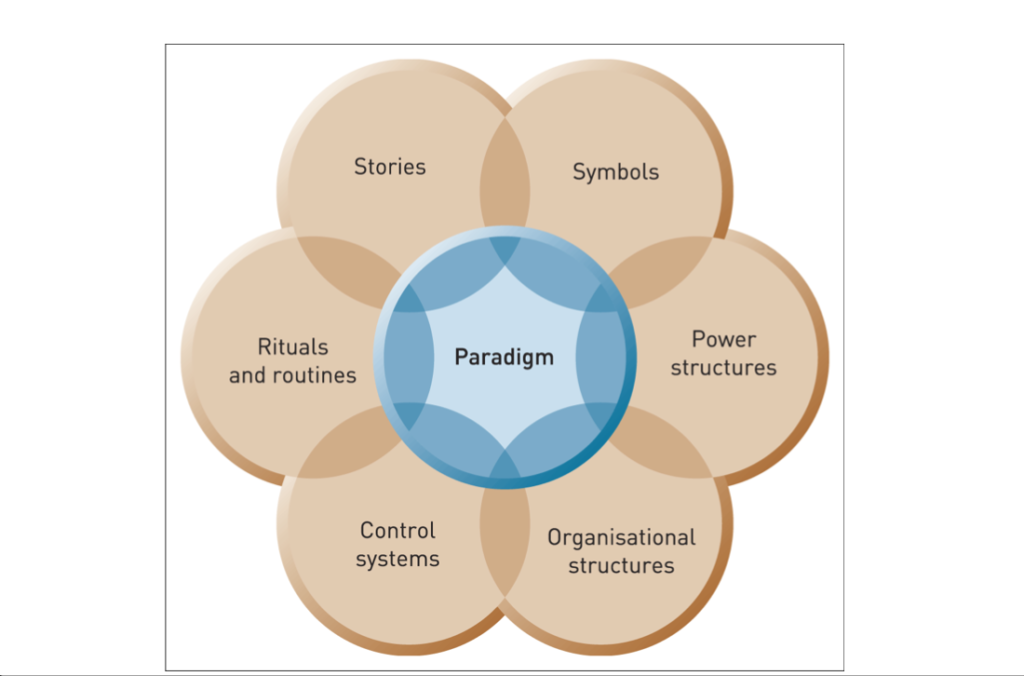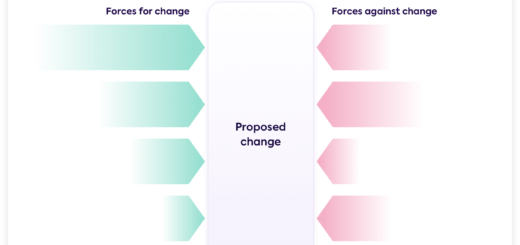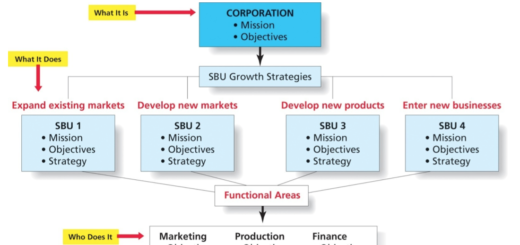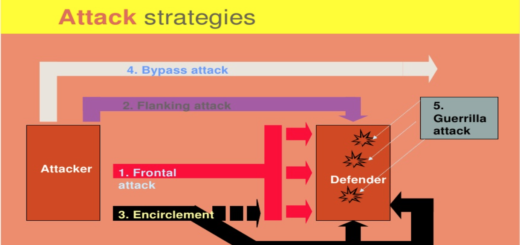The Cultural Web
The Cultural Web is a model developed by Gerry Johnson and Kevan Scholes that helps to analyze the organizational culture of a company.
The cultural web shows the behavioral, physical, and symbolic manifestations of a culture that inform and are informed by the taken-for-granted assumptions or paradigms, of an organization
The model consists of six elements that are interrelated and influence each other, similar to a spider’s web. The six elements are:

- Stories – The stories that are told about the company’s history and successes, which help to shape the company’s identity and culture.
- What stories are commonly told e.g. to newcomers
- What core beliefs do the stories reflect?
- What norms do the dissidents deviate from?
- Tend to be about heroes, villains, mavericks, successes and disasters
- Symbols – The physical and visible artifacts that represent the company’s culture, such as logos, dress codes, and office layout.
- Symbols are objects, events, acts or people that convey, maintain or create meaning over and above their functional purpose
- What objects, people or events do people particularly identify with?
- What are these related to in the history of the organisation?
- What do they tell us about the organisation?
- Power structures – The way power is distributed within the organization, and who has the authority to make decisions.
- Where does power reside?
- Who makes things happen?
- Indicators include:
- status
- claim on resources
- symbols of power
- Organizational structure – The way the organization is designed, including the hierarchy, processes, and procedures.
- How formal/informal are the structures?
- Do structures encourage collaboration or competition?
- What types of power structure do they support?
- Control systems – The policies and procedures in place to monitor and manage performance, such as performance metrics and reward systems.
- What is most closely monitored and controlled?
- Is emphasis on reward or punishment?
- Are controls rooted in history or current strategies?
- Are there many/few controls?
- Rituals and routines – The regular activities and behaviors that are part of the company’s culture, such as weekly meetings or annual events.
- Which routines are emphasized?
- Which are embedded in history?
- What behavior do routines encourage?
- What are the key rituals?
- What assumptions and core beliefs do they reflect?
- What do training programmes emphasize?
- How easy are routines/rituals to change?
The Cultural Web can be used as a diagnostic tool to assess the current culture of a company and identify areas where changes may be needed. By analyzing the interrelationships among the six elements, organizations can better understand how their culture is created and sustained, and identify potential areas for improvement.






